There are many differences between cameras, of which the type of sensor is one of the most important differences. Cameras are often advertised as being full-frame or with a certain crop factor. In today’s tutorial, I will try to explain why every photographer should know why it is important understand the crop factor.
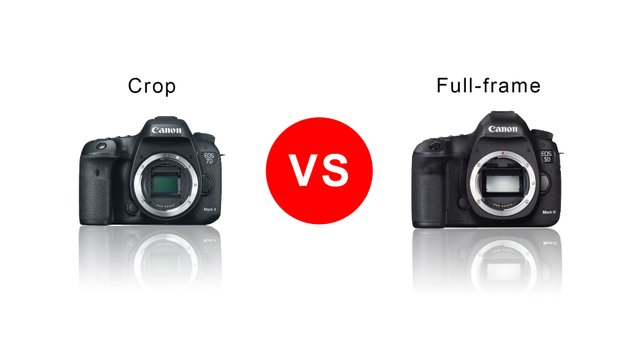
The difference between full-frame and crop sensors
Back in the old days, camera’s used a film instead of a digital sensor. Although a variety of film sizes existed, the standard was 35mm. A 35mm film actually refers to a rectangle of 36mm x 24mm. However, the image produced by a lens is round (also called a circular image). A 35mm film covers the full area of the circle of the image produced by the lens, and is therefore called: full-frame. See below image.
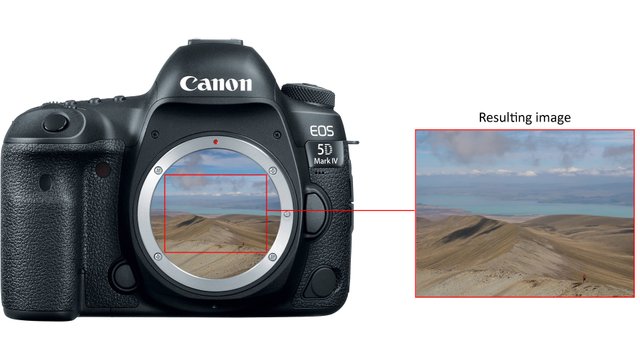
When the market started to transition to digital cameras, it was very expensive to produce full-frame camera sensors. Manufactures therefore started producing smaller sensor sizes. These smaller sensors capture only a portion of the circular image produced by the lens and throw away the part that is not covered by the sensor. This is called cropping, hence the name crop sensor camera. See below image.
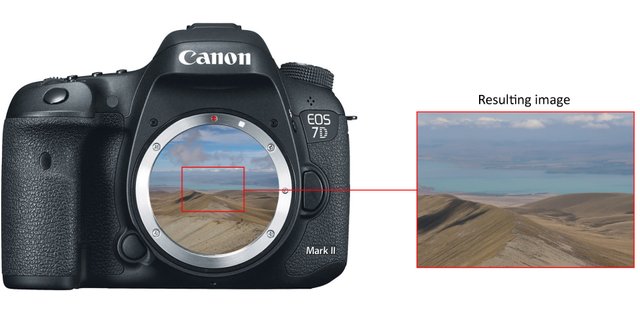
With technology advancing, manufacturers were able to produces smaller and smaller sensor. The image below illustrates the variety of sensors available.
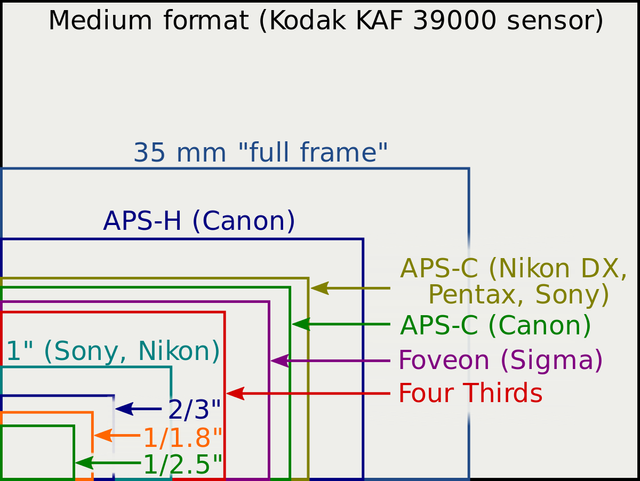
Image source: Wikipedia
I will write a separate tutorial about the differences in sensor size.
What is crop factor?
The crop factor is the ratio of the sensor size compared to full-frame. For example, you are using a Canon EF 24-70mm f/2.8 lens on a Canon 7D mark II and a Canon EF 24-70mm f/2.8 on a Canon 5D mark IV. Although you are shooting with the same focal length and camera settings, the resulting image looks different. The image captured with the 7D mark II looks zoomed in while the image of the 5D mark IV looks wider. This is because the sensor of the Canon 7D mark II is too small to capture the entire image produced by the lens. In other words: the imaged is cropped. In this case the 7D mark II sensor is a factor 1.6 smaller than a full-frame sensor.
If you know the crop factor, you can calculate what the equivalent focal length would be on a full-frame sensor camera. You multiply the crop factor with the focal length used on a crop sensor camera. For example, a focal length of 35mm on a 7D mark II x 1.6 requires you to shoot at 56mm on a 5D mark IV to get the same field of view.
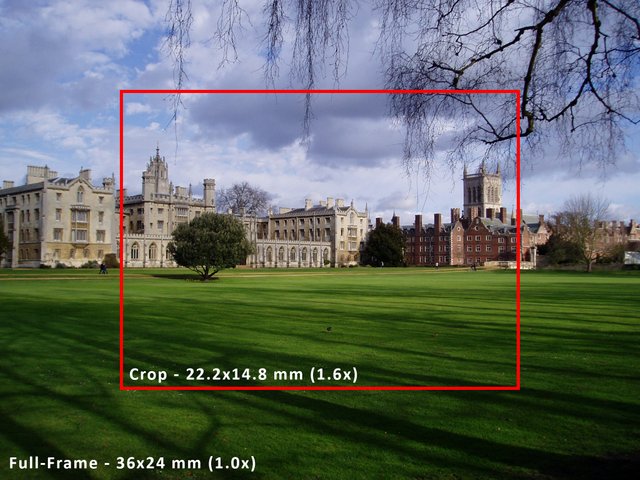
You can calculate the crop factor yourself: you have to calculate the diagonal of your sensor with the Pythagorean theorem (a² + b² = c²).
The diagonal of a full-frame sensor is: 362 + 242 = 18722. The root of 1872 is 43.2666.
The diagonal of the Canon APS-C sensor is: 22.22 + 14.82 = 711.882. The root of 711.88 is 26.6811.
By dividing the full-frame diagonal with the crop sensor diagonal, we get the crop factor:
43.2666 / 26.6811 = 1.6216. The crop factor is 1.6.
Will the focal length change because of the crop factor?
No! Whether you use a 100mm lens on a full-frame sensor camera or a 100mm lens on a crop sensor camera, it will still be a 100mm lens. The focal length will never change irrespective of the camera sensor. It is just that a portion of the circular image produced by the lens is too large for crop sensor cameras that is causing an image to be zoomed in, but this has nothing to do with the focal length.
Why is it important to know the difference between crop and full-frame?
There are a lot of photographers that deliberately use a lens that is suitable for a full-frame sensor camera on a crop sensor camera. Why? Because they instantly get a free 1.6 (or other factor) magnification. Wildlife photographers, for example, often shoot with long focal length. However, lenses with a long focal length can get very expensive. If you use the Canon EF 300mm f/2.8 lens on a Canon 7D mark II, you are actually shooting with the equivalent focal length of 480mm (300mm x 1.6). You are therefore shooting with 180mm ‘extra’ focal length.
I hope you found this tutorial helpful.
Would you like me to write more photography tutorials? Let me know in the comments (you may even suggest topics).
Don’t forget to Upvote, ReSteem, Comment or to Follow Me if you liked this post!
Hi! I am a robot. I just upvoted you! I found similar content that readers might be interested in:
https://photographylife.com/what-is-crop-factor
Downvoting a post can decrease pending rewards and make it less visible. Common reasons:
Submit